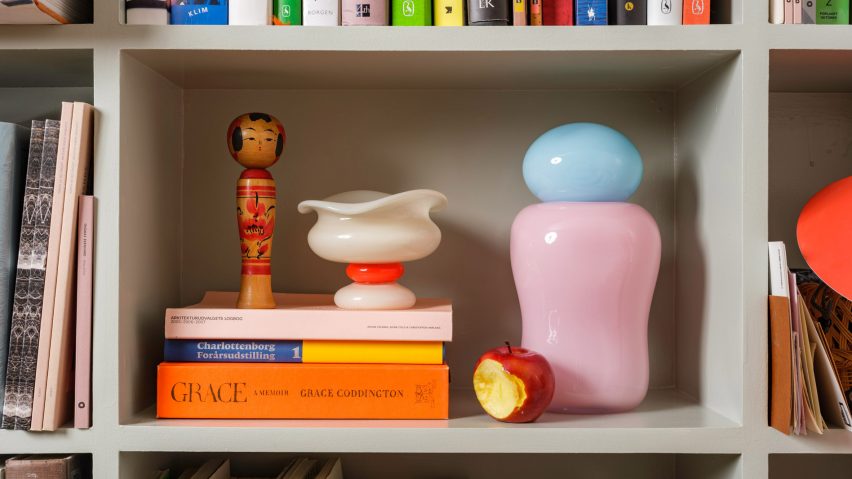
New Scandinavian design "breaks with the beige tradition"
Designers in Norway, Sweden and Denmark are changing perceptions of Scandinavian design by creating pieces that are organic, colourful and playful, rather than minimalist and neutral. Cajsa Carlson reports.
For many decades, Scandinavia has been associated with streamlined mid-century modern designs in the Arne Jacobsen mould.
But contemporary designers from the region are increasingly embracing adventurous colours, shapes and materials in a move away from this tradition.
At design fairs Stockholm Design Week and 3 Days of Design this year, designers showed innovative furniture designs made from unusual materials – including "organic" chairs made from heated-up PETG plastic sheets and a chair planted with chia seeds.
There have also been a number of exhibitions showcasing the trend, including House of Nordic Design at 3 Days of Design this year and Moving Forward, which took place in Stockholm in 2022.
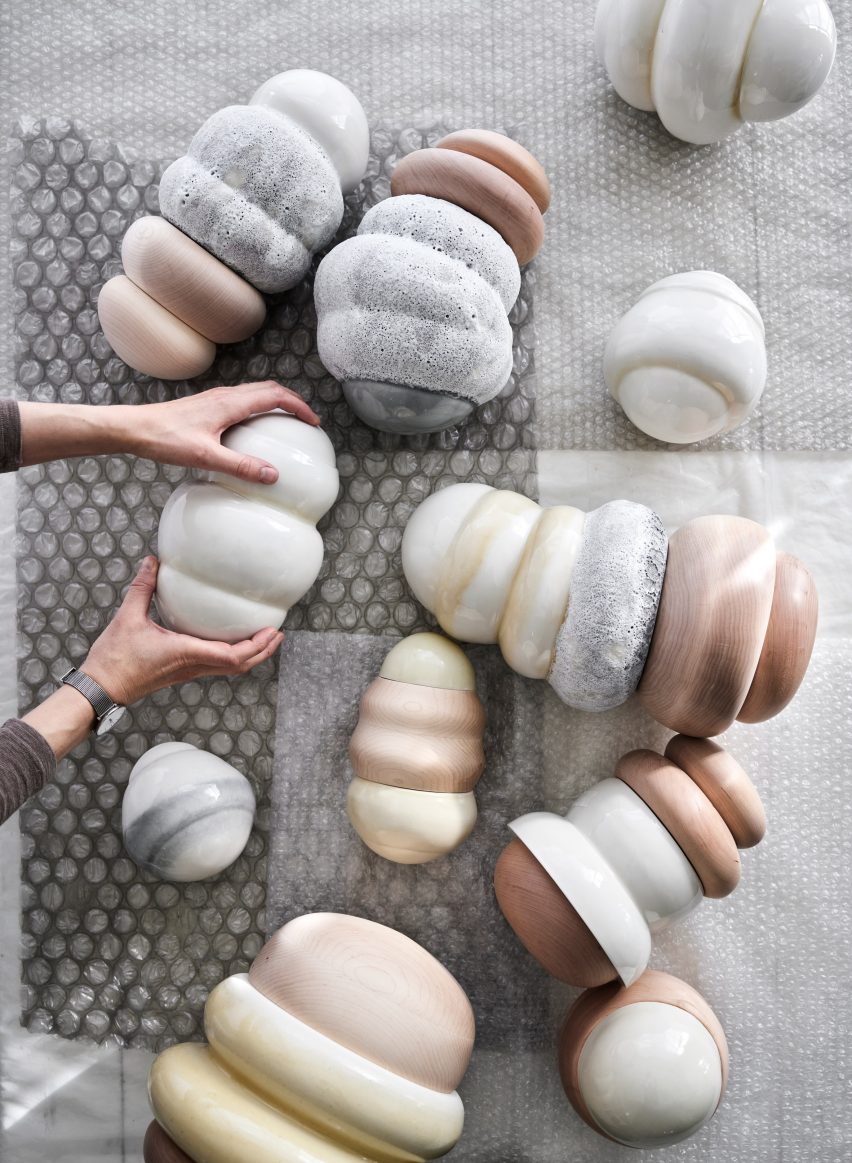
Its curator, The New Era magazine founder and former Stockholm Furniture Fair director Hanna Nova Beatrice, said that while people still think of Scandinavian design based on outdated ideas, a new trend has been emerging.
"Everyone keeps referring to Scandinavian design and they're speaking about an idea that was very strong maybe 10 years ago – and is still promoted by many Danish brands – which is mid-century modern reissues of Scandinavian masters," she told Dezeen.
"But there's something else happening and it is not just down to individual designers – you can kind of sense it with the brands as well," she added.
"A lot of designers don't necessarily work just with the big industrials anymore, they also do their own small-scale work and I think that's why we see this less minimalistic design."
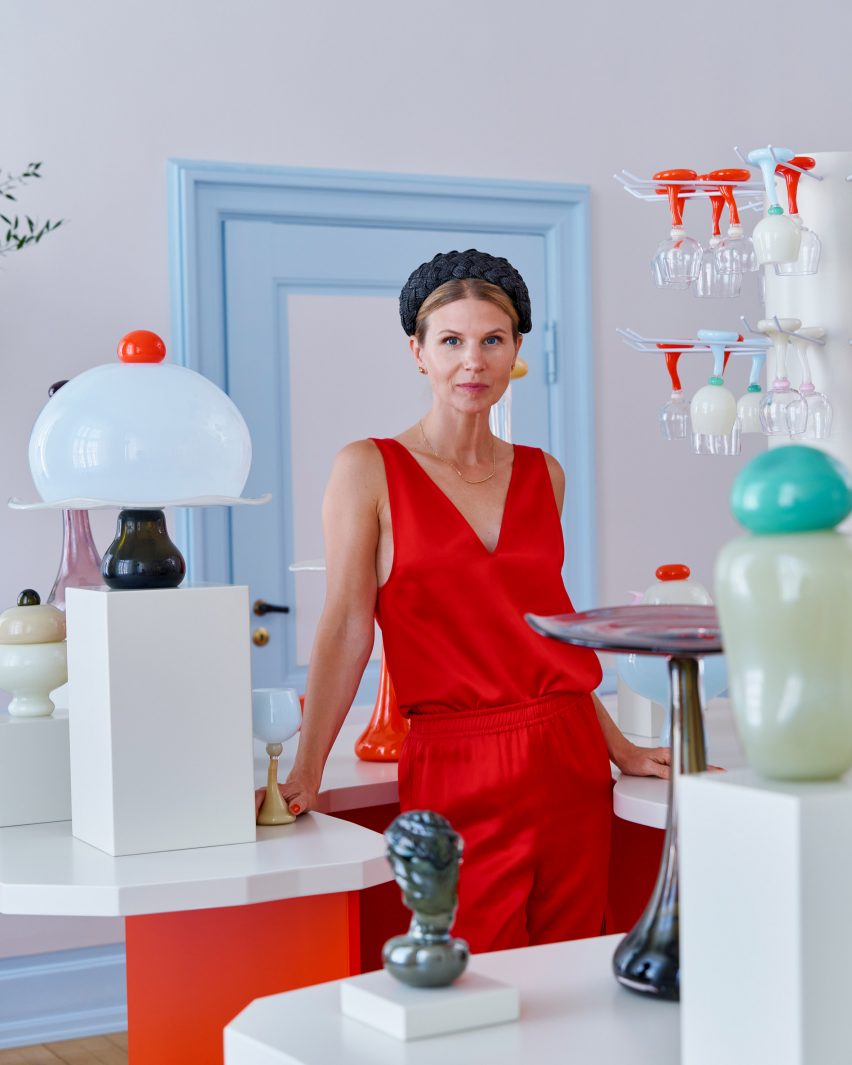
Among the best-known designers to come out of the new wave are Sweden's Gustaf Westman, who creates colourful, bulbous furniture and accessories, and Danish designer Helle Mardahl, who is best known for her playful pastel-hued glassware.
Describing her pieces as "truly unique," Mardahl told Dezeen that each of her products is a "one-of-a-kind art piece".
The designer, who worked in fashion before going into design, believes there are a lot of new talents coming out of the region, but that the new Scandinavian design trend itself has been ongoing for years.
"There are so many creative talents arising at the moment," she said.
"I think it's been like this for the last decade – we break with the beige tradition and a movement-like celebration of originality and uniqueness is currently dominant."
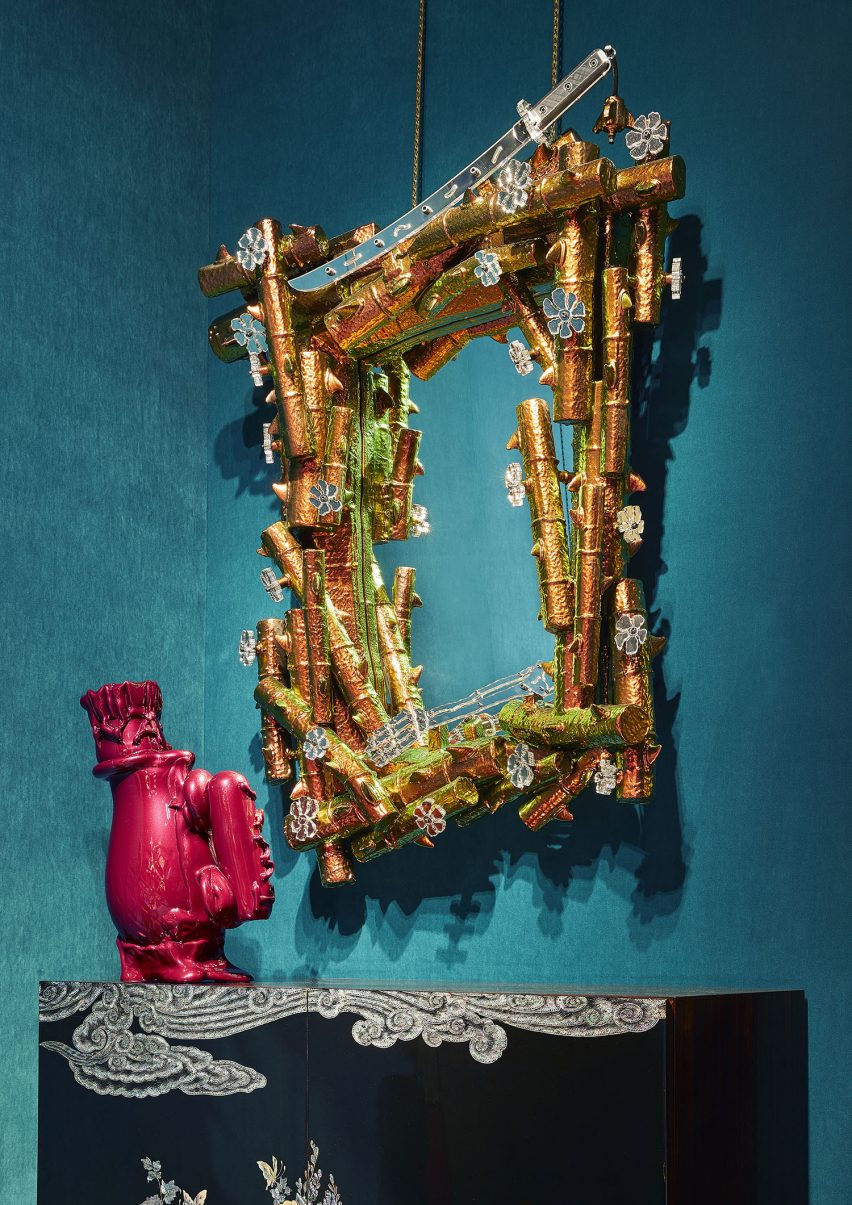
Brands such as Swedish furniture company Hem and Danish creative studio Tableau have also carved out a niche by showcasing more playful designs by both Scandinavian and international designers.
Among these is Swedish designer Jonatan Nilsson, whose pieces have included amorphous glass vases and a chunky, industrial plinth for Hem.
Nilsson works with materials not usually associated with Scandinavian design, including styrofoam.
"Recently I have mainly been working with a technique where I cover styrofoam in many thin layers of resin," he told Dezeen.
"This creates a hard and glossy surface that I then paint with spray paint."
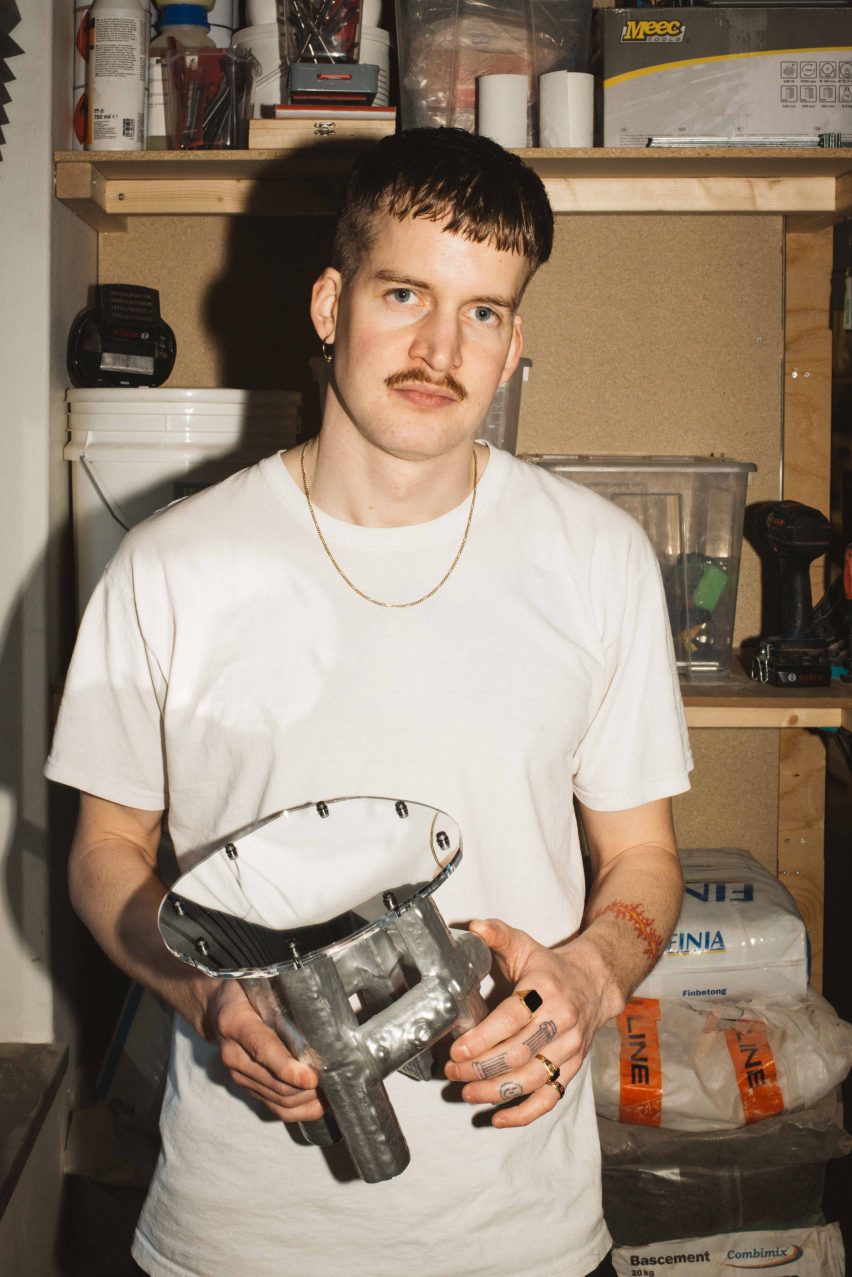
The designer believes that one of the reasons that views of what constitutes Scandinavian design are changing is that the internet has enabled people to see different sides of the region.
"Since everyone today is constantly online and has access to social-media platforms, I guess that people's view of the world has changed, and with that their view, if they ever had one, of Scandinavian design," he said.
"Maybe they then come to the conclusion that it's more versatile than they originally thought."
Scandinavian design has traditionally had a strong focus on wood – a material that was abundant in the forests of Sweden and Norway.
And while it is still a common material for designers to work with, their furniture now is less likely to look like the pale, simple pine and birch pieces of past decades.
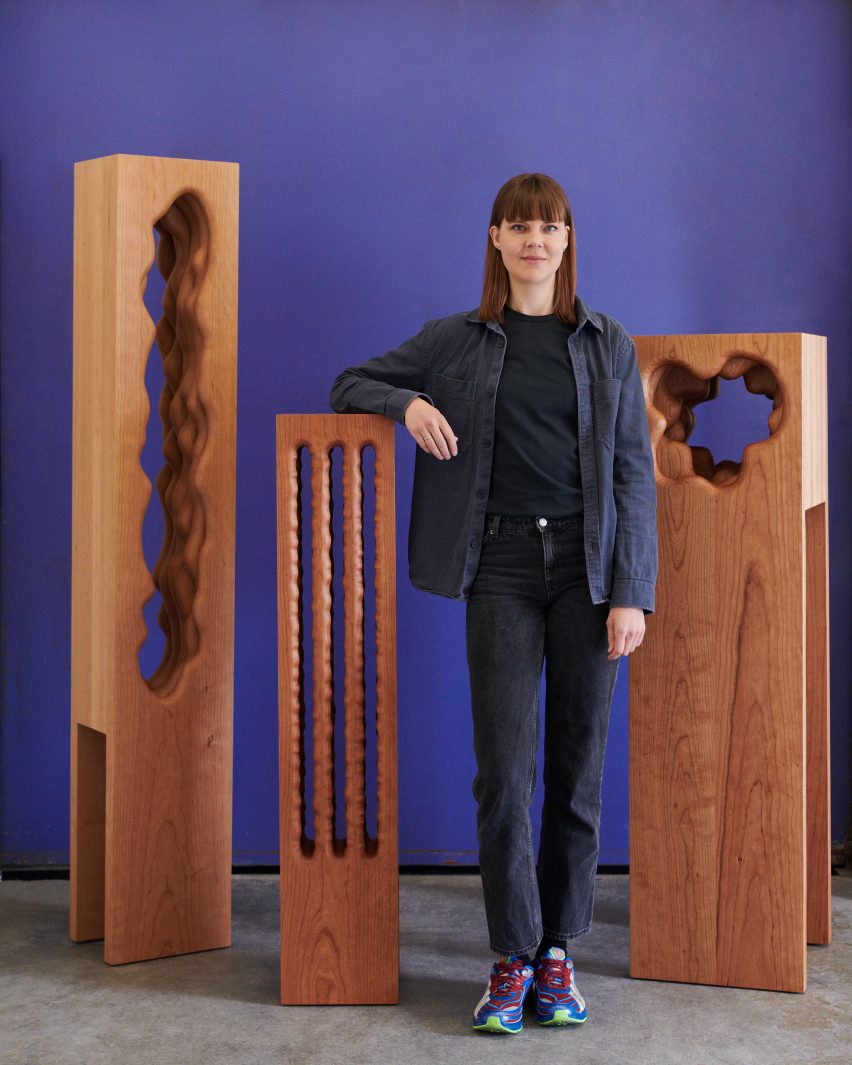
Danish designer Anne Brandhøj, whose work was exhibited at 3 Days of Design 2023, makes undulating and playful sculptural pieces that exemplify this new Scandinavian design.
She believes that a focus on sustainability and an increased interest in craftsmanship have helped shift the focus away from the more industrially designed, streamlined pieces normally associated with Scandinavian furniture brands.
"The global focus on environmental issues has heightened the importance of eco-friendly design practices, and Scandinavian design's emphasis on durability, natural materials and waste reduction resonates well with this shift," she told Dezeen.
"Additionally, there is an increased recognition of the artistic value and craftsmanship inherent in Scandinavian design."
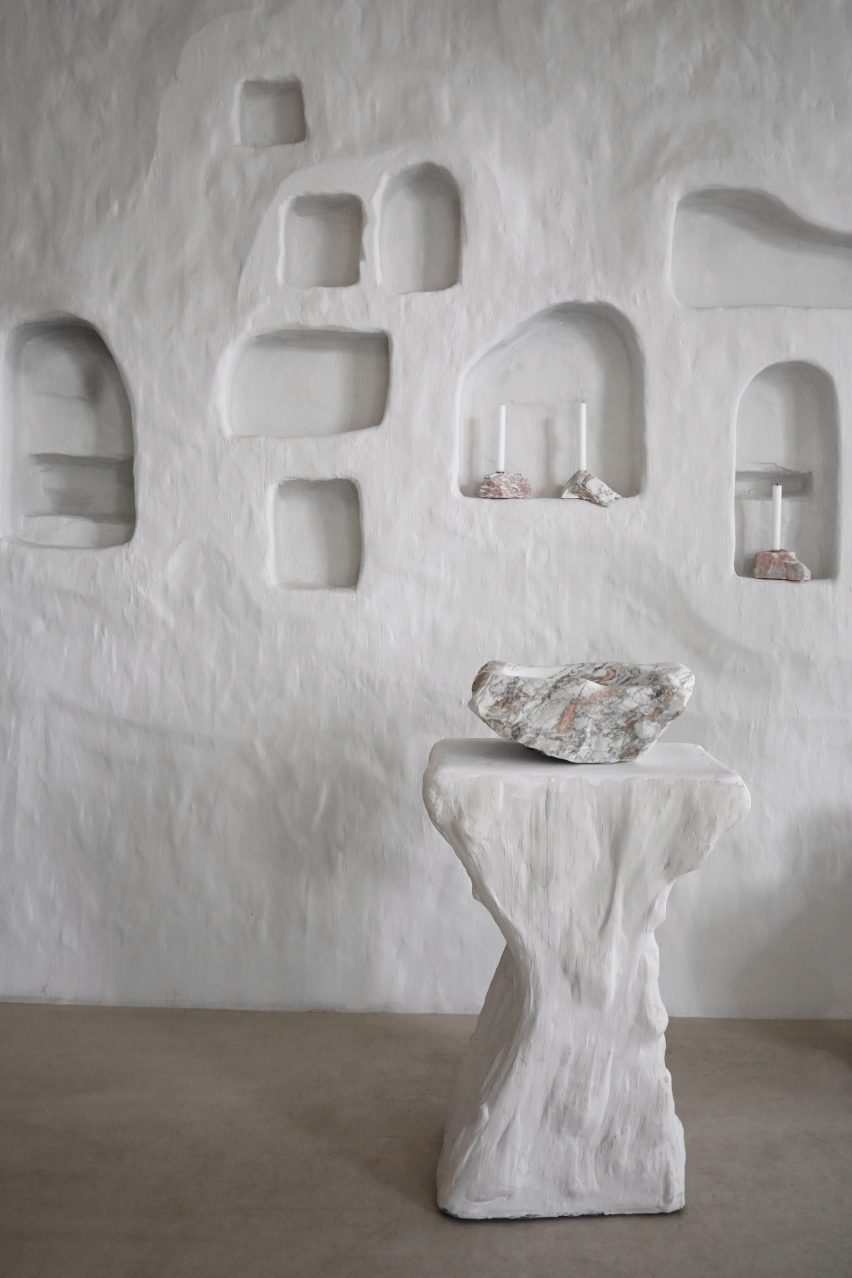
Crafts also influence the designs of Norway's Kaja Dahl, who showed her work at the Moving Forward exhibition and mainly works in locally produced materials, including Norwegian stone.
"I look for function in my sculptures and I look to create sculptural qualities in my designs," Dahl told Dezeen.
"A kind of 'haute couture' attitude towards product design, influenced by my sculptural work. My work revolves around collaborating with the material and craft techniques and to make use of this in the best way."
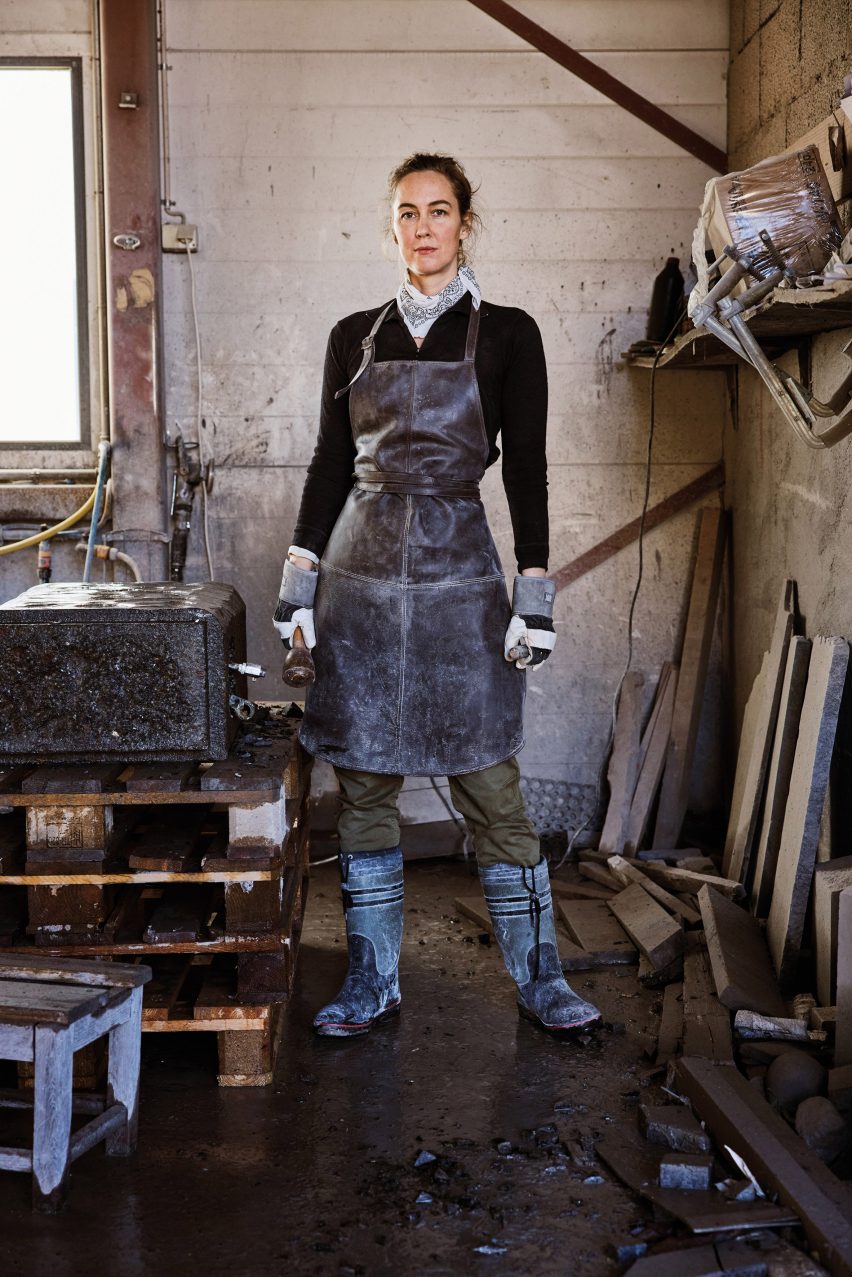
Scandinavia's high-profile design schools, as well as a number of organisations that put on annual exhibitions for emerging designers at trade shows, have also helped promote the new design style internationally.
In Sweden, design school Beckmans collaborates with major furniture companies every year to showcase designs by young creatives.
In Denmark, design platform Ukurant – started by four furniture designers who graduated from the Royal Danish Academy of Fine Arts – has highlighted the work of both Danish and international designers since it launched in 2020.
Similar work is being done in Norway by the Norwegian Presence exhibition, which is partly supported by the Norwegian government.
It has introduced work by young Norwegian designers at international events, including Milan design week.
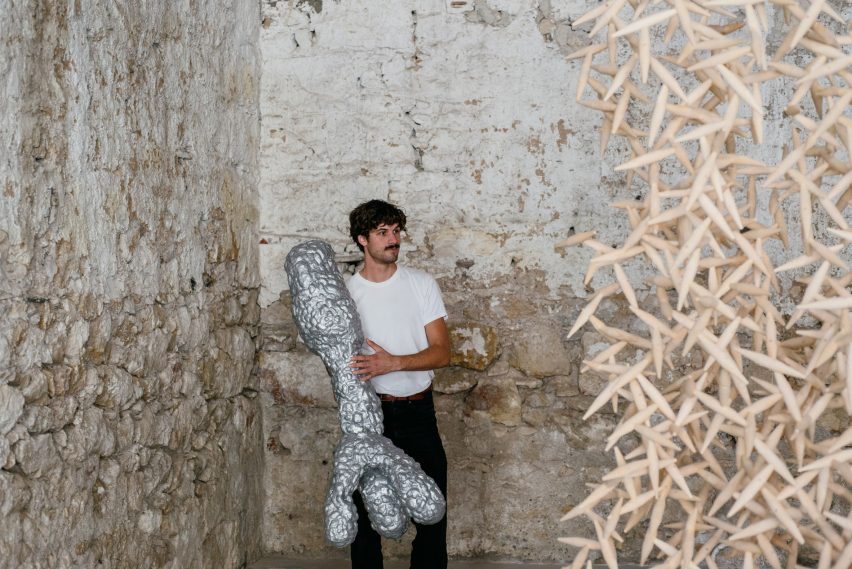
Among the designers to have shown as part of Norwegian Presence is Sigve Knutson, who creates sculptural designs mainly in wood, metal and ceramic.
He believes there is currently more room for experimentation in the Norwegian and Scandinavian design scene.
"Over the last few years, the scene has evolved a lot and there seems to be more space for experimentation and the crossovers between art and design," he told Dezeen.
"While respecting the history of craft and design, I also see a lot of new surprising things happening, which in my eyes is a really good and exciting development."
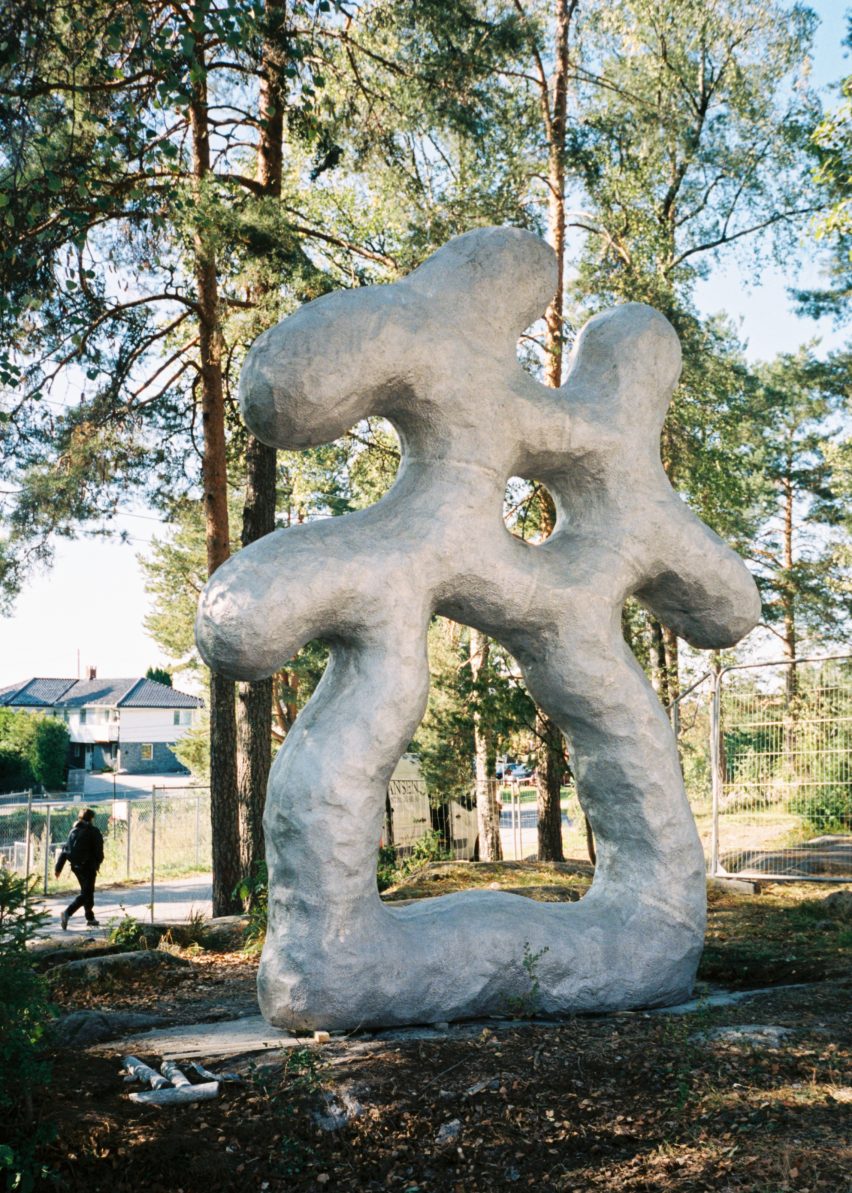
According to Nova Beatrice, the current interest in Scandinavian design is now being driven by these emerging designers, as opposed to the big furniture brands of the past.
"The idea of Scandinavian design that we normally refer to is the most uninteresting, and it's in a phase that is not attracting as much interest as it used to," she said.
"The interest instead has shifted more to the individuals, and that's quite interesting – because they may not realise what a strong driving force they are for the whole interest in the Scandinavian design scene at the moment," she added.
"Scandinavian designers have always had a super-strong voice, and I think more so now; they're really taking the tone and [the movement] is led by them, rather than the brands."
Dezeen In Depth
If you enjoy reading Dezeen's interviews, opinions and features, subscribe to Dezeen In Depth. Sent on the last Friday of each month, this newsletter provides a single place to read about the design and architecture stories behind the headlines.